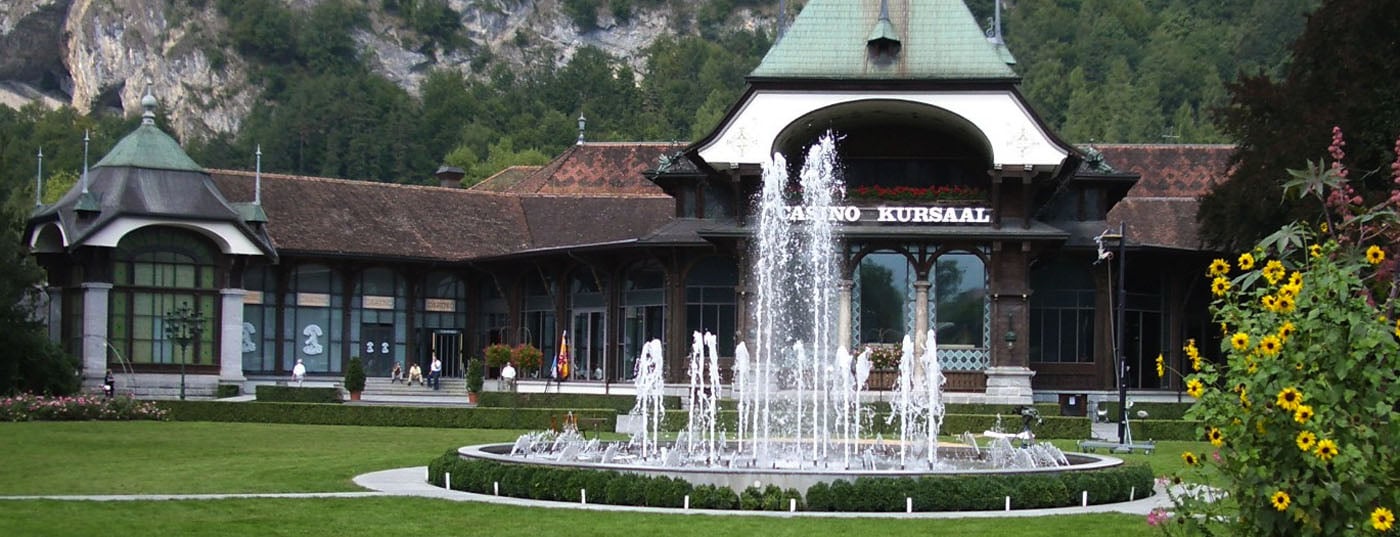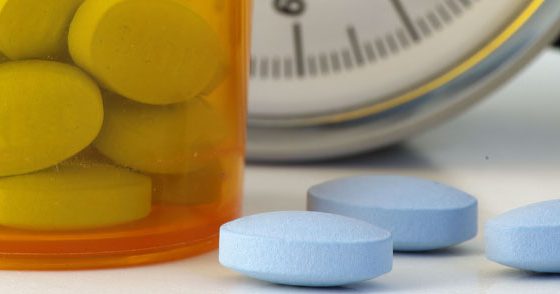This year’s SGIM Great Update will be held for the third time on November 14-15. As in previous years, the congress will be held in Interlaken and is aimed primarily at primary care providers in practice. In the numerous workshops, participants can interactively exchange ideas and apply what they have learned on sample equipment. The two conference co-presidents Prof. Dr. med. Jörg Daniel Leuppi and Prof. Dr. med. Jonas Rutishauser report on their personal congress highlights and the challenges they faced during planning.
After the congress is before the congress: When will you start planning the next congress?
Prof. Leuppi: You are absolutely right. Already during the ongoing congress we try to capture the impressions and evaluations on the part of the participants. Congress participants write their wishes for the coming year on the evaluation sheets so that we can take them into account on an ongoing basis. Certain workshops we conduct every year. Especially the hands-on workshops such as spirometry, ultrasound of the abdomen or even urine microscopy are so popular that we will already plan them again for next year. The corresponding planning meeting of the SGIM Update Organizing Committee usually takes place in the first one to two months after the respective congress held.
Your personal congress highlights from recent years: Which moments have remained particularly memorable for you?
Prof. Rutishauser: We succeeded in creating a very familiar and at the same time stimulating atmosphere in the Kursaal of the Interlaken Congress Center – this could be felt not only at certain moments, but throughout the entire two-day congress. I remember, for example, a very descriptive lecture at the first Great Update on the topic of “Dermatology in Practice”. A “plenary session” on the topic of “reanimation” at the last congress was also special: the speaker struggled with computer difficulties and often had to improvise. For this very reason, his presentation was extremely lively and was rewarded with much applause and positive feedback. Last year I also attended the workshop on medication side effects and witnessed a very lively discussion based on practical case studies. I also have particularly fond memories of last year’s social evening in the Brasserie of the Hotel Victoria Jungfrau. The lively atmosphere and the ambiance in the beautiful hall were unique!
How did Interlaken fare as a venue?
Prof. Leuppi: Very good. On the one hand, the infrastructure and the premises of the congress center are optimally equipped and on the other hand, the location is very Switzerland-central and easily accessible by train. The distance to Interlaken is about the same for participants from Graubünden as for participants from Lausanne or Basel. So with Interlaken we were able to find an optimal venue. Besides, during the breaks it is also possible to take a short walk along the Aare River and enjoy the unique panorama.
What are the thematic focuses of this year’s program? Are there any topics that you find particularly exciting?
Prof. Rutishauser: It’s a bit difficult for me to limit myself to just a few topics now. I am looking forward to many lectures, e.g. on the new anticoagulants, but also on other practical topics such as “acute abdominal pain” or “poisoning in children”. New this year, Jörg Leuppi and I will each give a lecture on hot topics in internal medicine; I am also very much looking forward to this.
Has the congress been able to establish itself within the Swiss congress landscape since 2011?
Prof. Leuppi: You are right that the range of training courses in Switzerland is certainly very large. Again based on feedback from attendees, however, we seem to have achieved a very good mix with our balanced mix of presentations and workshops. The number of participants is always increasing. Yes, I think we have been able to establish ourselves very well in the congress landscape.
What makes this congress so practical?
Prof. Rutishauser: The scientific committee carefully selected the topics of the lectures and workshops for their practical relevance and applicability in everyday clinical practice. The fact that many of the speakers come from the field, the inclusion of feedback from our participants in the program, the many opportunities for discussion: all this guarantees the practical relevance of the Great Update.
How does the interactive exchange between the physicians in the workshops work in concrete terms?
Prof. Leuppi: In the numerous workshops, the individual participants are asked to lend a hand themselves directly, be it with equipment such as ultrasound or spirometers or directly with colleagues, e.g. during joint examinations. This creates an uncomplicated, exciting, interactive exchange both between the participants and between the participants and the course instructors.
Why is the congress taking place in November this year (previously September/October)? Does he want to avoid the collision with other congresses with it?
Prof. Rutishauser: We want to avoid a collision with the fall school vacations. Accordingly, we have chosen November.
Interview: Andreas Grossmann











